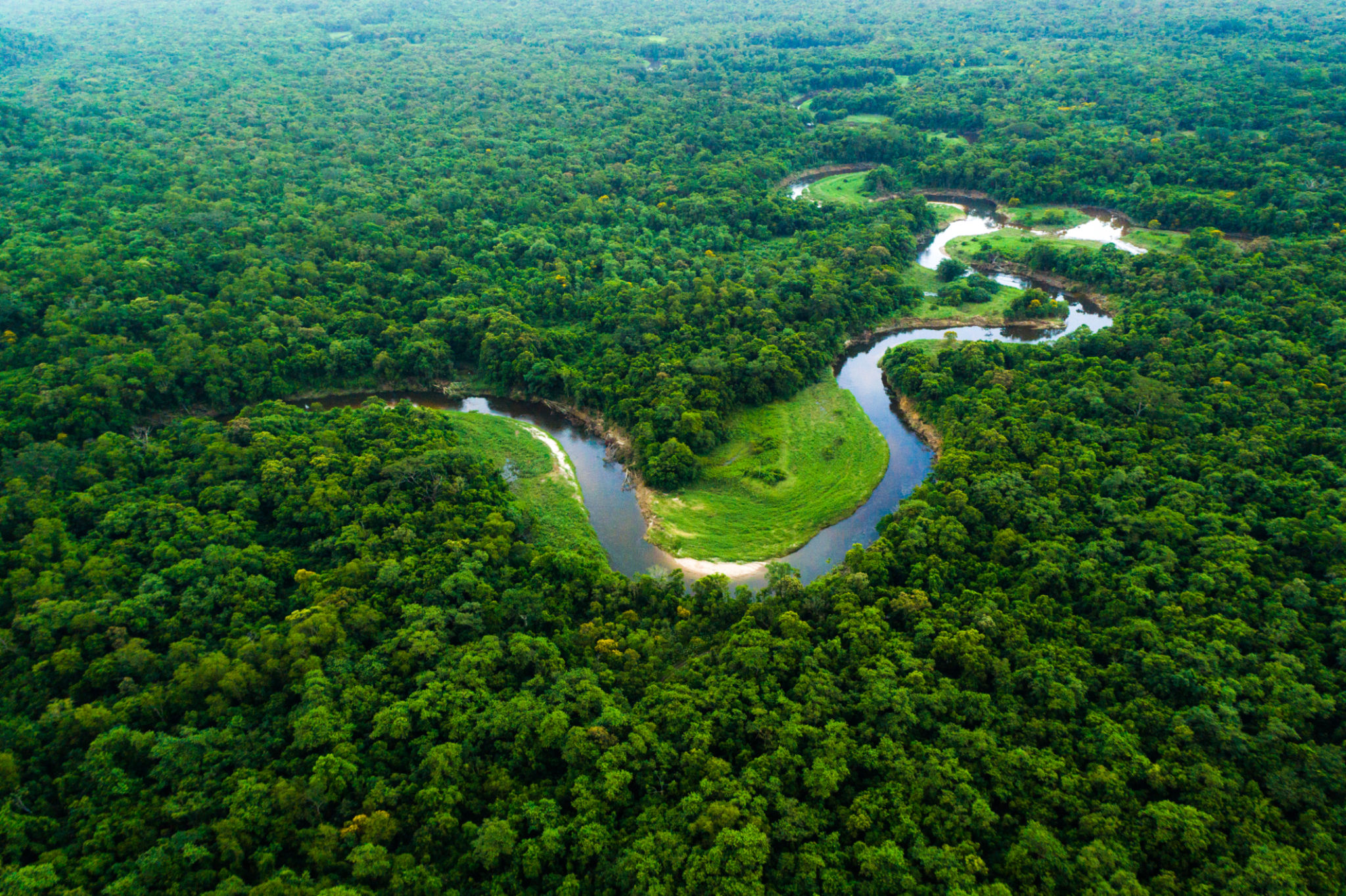Filming in Latin America: Overcoming Location Challenges
Xt
Understanding the Allure of Latin America for Filmmakers
Latin America has become a popular destination for filmmakers seeking diverse landscapes, vibrant cultures, and unique stories. From the lush Amazon rainforest to the Andean mountains and bustling cities, the region offers a wide range of settings that can enhance any cinematic narrative. However, along with its natural beauty and cultural richness, filming in Latin America presents its own set of challenges that production teams must navigate.

Navigating Diverse Terrain and Climate
One of the most significant challenges in filming across Latin America is dealing with its diverse terrain and climate conditions. The region spans tropical rainforests, arid deserts, and high-altitude plateaus, each with distinct weather patterns. Filmmakers must be prepared to adapt their equipment and shooting schedules to accommodate sudden weather changes, such as tropical storms or intense heat.
Moreover, remote locations may require additional logistics planning. Ensuring the availability of transportation and reliable communication systems is crucial to avoid disruptions during production. Teams often need to scout locations extensively and develop contingency plans to address any unforeseen circumstances that may arise.
Overcoming Language Barriers and Cultural Differences
Language barriers and cultural differences can pose challenges when working with local crews and talent. While Spanish and Portuguese are the predominant languages spoken, each country has its own dialects and cultural nuances that can impact communication. Hiring local translators or bilingual crew members can bridge these gaps and facilitate smoother interactions.
Understanding and respecting local customs and traditions is equally important. Building strong relationships with local communities can help gain their support and cooperation, which is often vital for successful filming. This approach not only aids in securing necessary permits but also enriches the filmmaking experience by incorporating authentic cultural elements into the project.
Securing Permits and Handling Legalities
Filming in Latin America requires navigating various legalities and obtaining the appropriate permits. Each country has its own regulations regarding film production, which can differ significantly. Engaging local production companies or legal experts familiar with these processes can expedite permit acquisition and ensure compliance with local laws.
Additionally, filmmakers should be aware of any restrictions related to environmental protection and cultural heritage sites. Obtaining permissions to shoot in protected areas may involve additional paperwork and negotiations with government authorities or indigenous communities.

Dealing with Infrastructure Limitations
While major cities in Latin America have well-developed infrastructure, remote locations often lack essential amenities such as reliable electricity and internet connectivity. Filmmakers must plan accordingly by bringing necessary equipment, like portable generators and satellite communication devices, to maintain productivity in these areas.
Furthermore, understanding the local supply chain is crucial for sourcing materials and services required during production. Establishing partnerships with local vendors can help overcome logistical challenges and ensure a steady flow of resources throughout the filming process.
Leveraging Local Talent and Resources
One of the advantages of filming in Latin America is the opportunity to leverage local talent and resources. Many countries boast skilled professionals in the film industry who can bring valuable expertise to a project. Collaborating with local filmmakers, actors, and technicians not only enriches the creative process but also provides insights into regional storytelling techniques.
Moreover, tapping into local resources can be more cost-effective than importing equipment or personnel from abroad. By investing in the local economy through hiring practices, filmmakers contribute to the growth of the regional film industry while potentially reducing production costs.
